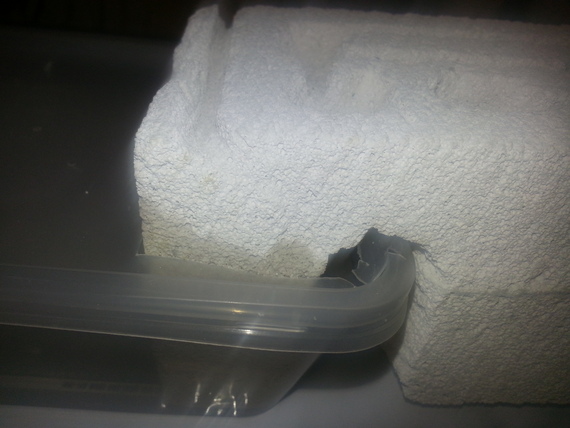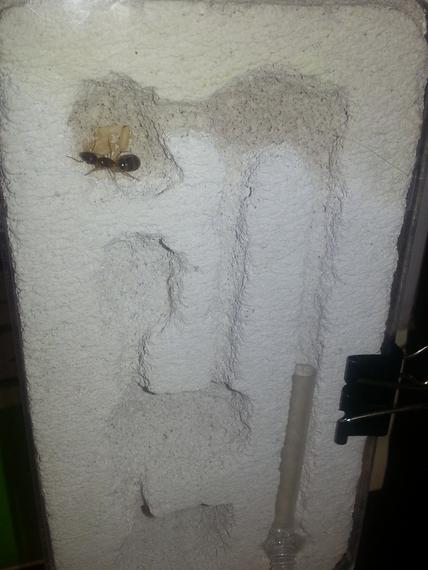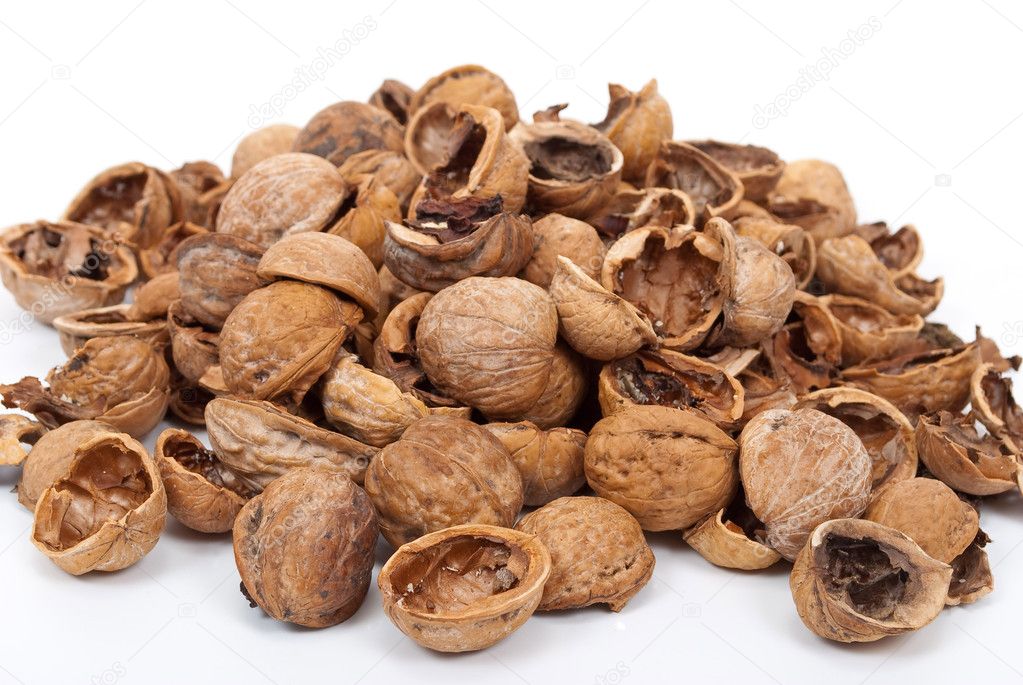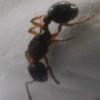Good start so far.
Some questions though
1. Is that block going to fit inside the plastic container, or is the container the foraging area?
2. What is the block made out of? For example firebrick or ytong tend to dry out faster than grout.
Personally, if I had that in my hands, I would get some rubber spray and spray the top, back and bottom to minimize evaporation while allowing good air flow.
For a water tunnel, you have several options. You could carve a separate water tunnel and silicone glass in front of it (opening on top for easy watering). You could do it on either or both sides.
Another option would be to take a drill bit and drill a long hole hole down at an angle on both sides of the nest.
Anything that will trap water in or against the block until it absorbs will work.
How often it needs to be watered depends on quite a few factors such as how much you water at one time, humidity in the house, heat, etc.
This is one of my vertical nests with the watering tunnel in the middle. Just ensure that the border of the water tunnel is siliconed so it doesn't leak into the tunnels.
































